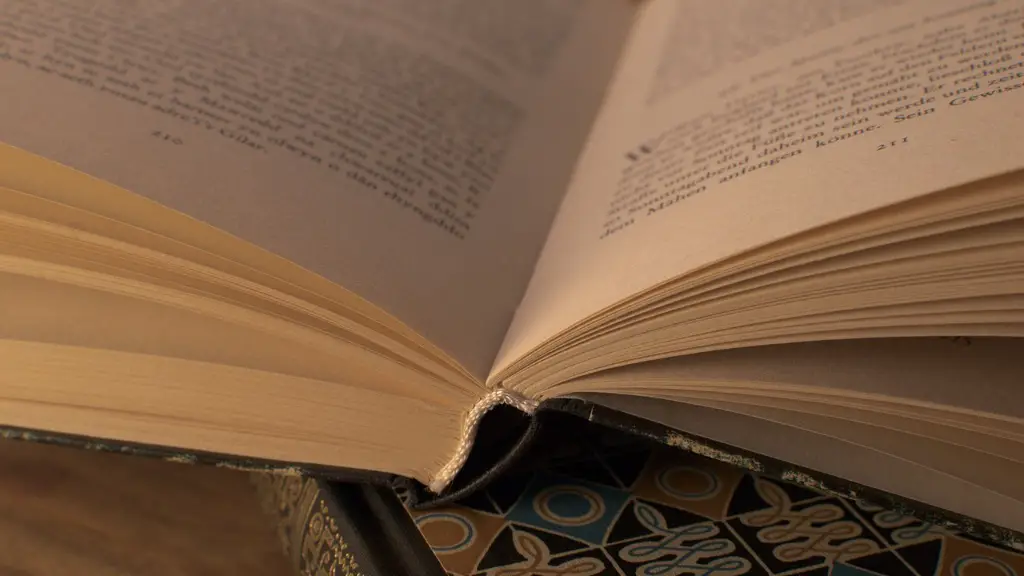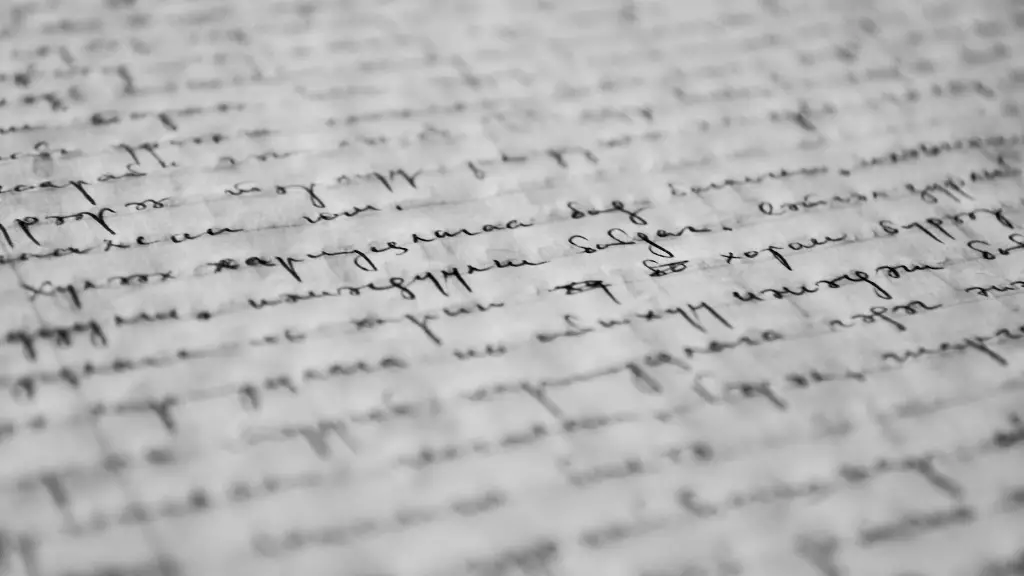Understanding How to Use Quotations
MLA stands for Modern Language Association. It is the official organization that governs and dictates what is the accepted form of writing when quoting poetry. The MLA format of writing poetry has a few rules that need to be followed.
Most people do not read poetry often and find that they do not know the appropriate way to quote it. It is important to know and understand the MLA rules around quoting poetry in order to not over- or under-quote the author.
Guidelines for Using Quotations In MLA
When quoting lines from a poem in MLA, the line numbers and the author’s last name should appear in the text. The author’s name is put before the line. For example, if quoting a line from a Robert Frost poem, it would look like this: Frost writes “The woods are lovely, dark and deep” (3).
When quoting multiple lines from the same poem, group the lines together with a slash mark. For example, if you are quoting two lines, it will look like this: Frost writes “The woods are lovely, dark and deep/But I have promises to keep” (3-4).
If you are quoting more than three lines, they typically need to be set apart as a block quotation. A block quotation is set apart from the rest of the text by leaving a blank line before the block quotation and after the block quotation. It is also indented one inch to the right of the text’s left margin.
Formatting Long Quotations
When quoting prose, the author’s name should appear before the quoted passage. Unlike poetry, prose does not use line numbers. When quoting from a play or novel, include the act and scene before the quoted passage. For example, if quoting from Romeo and Juliet it would look like this: Juliet says “O Romeo, Romeo! Wherefore art thou Romeo” (Act 2, Scene 2).
When quoting more than four lines in prose, it should be set apart as a block quotation. Quotations more than three lines should be set apart as a block quotation even if they are shorter than four lines. The block quotation has the same formatting as line quotation and should also include the author’s name before the quotation.
When formatting a block quotation, it should be indented one inch from the left margin. A blank line should appear before and after the block quotation. No quotation marks are needed for a block quotation, though it should still be attributed to the speaker.
Incorporating Quotations into Your Writing
It is important to not let the quotes dominate your writing. It is easy to let the quote speak for itself, but it is important to analyze the quote and explain it in your own words. The quote should be a part of a larger sentence and its meaning should be explained within the sentence.
When you are analyzing the quote, do not make grand claims or draw sweeping conclusions. Stick to the topic and make sure that your claims are relevant to the quote and its context. Your analysis should make sense and should be able to stand alone without the quote.
Using Quotations for Support
When using quotes for support in an essay or research paper, make sure that the quote is relevant to the claim you are making. A quote should be used to support your argument, rather than be the sole basis for your argument. The quote should not be the only evidence for your argument, but should be used in conjunction with other evidence.
It is important to explain how the quote supports your point. This can be done by summarizing, paraphrasing, or contextualizing the quote. By doing this, you are showing that you understand the quote and are able to explain its relevance.
Using Quotations for Contrast
Using quotes in contrast to your own opinion or perspective can be an effective tool in making an argument. Using a quote to contrast your point of view can show that you have done the research and thought deeply about the topic. It can also show that you understand the other side of the argument and are able to show that you are open to other points of view.
When using quotes for contrast, be sure to explain the quote and how it contrasts with your own point of view. Explain why the quote does not support your argument and how it gives readers an alternative perspective.
Incorporating Quotations from Secondary Sources
At times, you may want to quote from a secondary source. When quoting from a secondary source, you are using a quote that has not been stated by the original author but instead is quoted by another author. It is important to be careful when using quotes from secondary sources because it can be difficult to tell whether the quote is an accurate representation of the original work.
When using a quote from a secondary source, make sure to cite both the original source and the secondary source. This way, readers can see who the original author was and who the secondary source was. Additionally, make sure to explain the quote in context and how it contrasts with your own opinion.
Incorporating Quotations from an Expert Source
When using an expert source to back up a claim, make sure to explicitly explain how the quote supports your argument. Using quotes from experts can help to lend credibility to your point of view. However, be careful not to over-rely on quotes from experts. It is important to explain the relevance of the quote in your own words. Also, make sure that the expert’s opinion is relevant to the point you are making.
When using quotes from an expert, make sure to cite the quote and provide a link to the original context of the quote. Additionally, explain the quote in your own words and how it relates to your point of view.
Using Quotations in Dialogue
When writing a story, dialogue is a powerful tool to convey emotion and create character. Quotes can be used to create tension and move the story along. It is important to keep the dialogue natural and realistic. Use quotation marks to start and end the dialogue and make sure that the dialogue lines are attributed to the right character.
When quoting lines in dialogue, make sure to quote the entire line. This is best done by dedicating a line to the quote. Make sure the dialogue is consistent with the kind of voice the character would use. When writing dialogue, use contractions and informal language to make the character sound realistic and natural.
Conclusion
Knowing how to quote poetry in MLA is important for anyone writing poetry essays and research papers. There are a few different rules that need to be followed in order to do it correctly. Quotes should not be overused and should be used to support your own points and perspectives. They should also be used to contrast your own opinion and to add credibility to your claims. Lastly, it is important to use quotes in dialogue to create realistic conversations and to move the story along.





